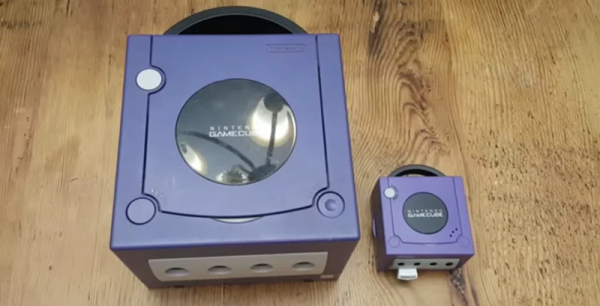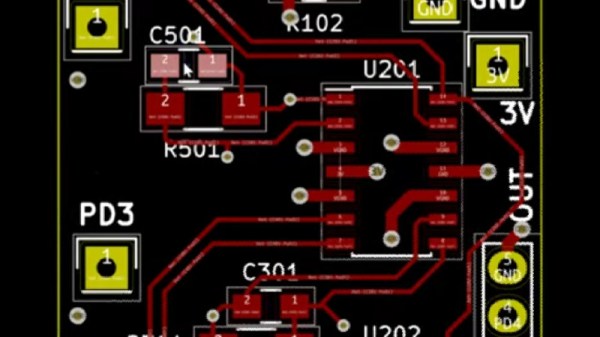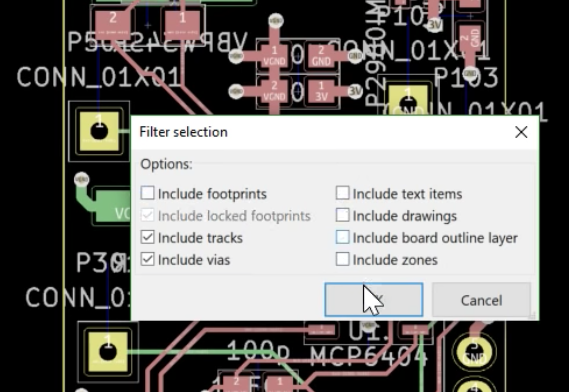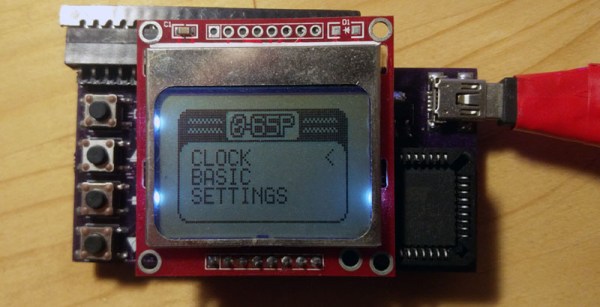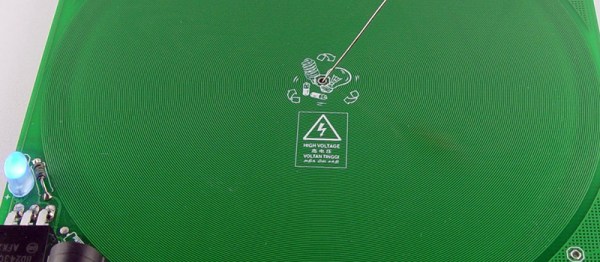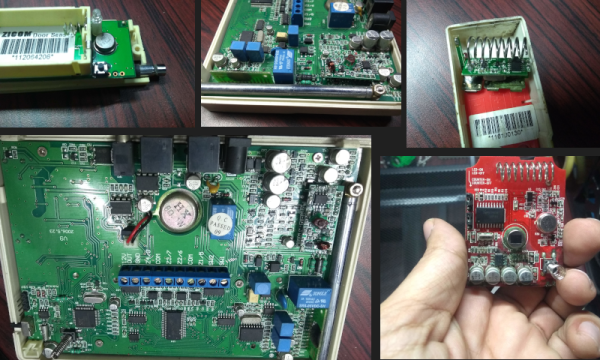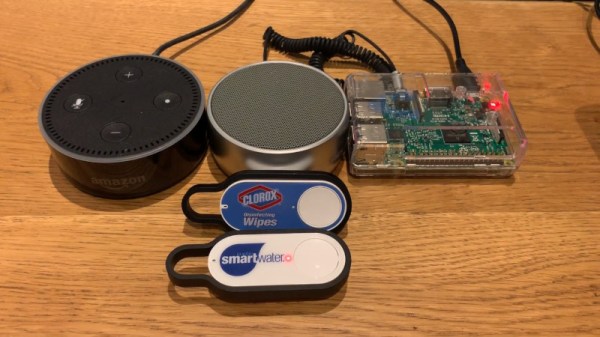Casemodding, or stuffing video game consoles into shapes they were never meant to be in, is the preserve of a special breed. Our favorites are when old consoles are stuffed into different versions of the same console. Remember that gigantic O.G. Brick Game Boy carrying case? Yes, you can turn that into a jumbo-scale Game Boy, and it’s sweet. Continuining this trend of consoles of a different size, [Madmorda] has stuffed a GameCube into a sugar cube. It’s small. It’s really small, and it’s some of the best casemodding we’ve seen.
First off, the enclosure. This is an officially licensed micro GameCube case that originally housed gummy candies crafted by gummy artisans who work exclusively in the medium of gummy. This case, incidentally, is the perfect scale to match [Madmorda]’s earlier work, a miniaturized GameCube controller. This controller was originally a keychain, but with a bit of fine soldering skills it can indeed become a functional GameCube controller.
With the candy container GameCube gutted, the only task remaining was to put a GameCube inside. This is a lot easier if you tear down a Wii, and after desoldering, resoldering, and generally cutting up the circuit board of a Wii, [Madmorda] had something very small.
The finished console is a complete GameCube, compatible with all games, and no emulation. There are four controller ports, two USB ports for memory card slots, and output is composite through a 3.5mm jack. It’s a great piece of work and looks exactly like a miniaturized GameCube.

